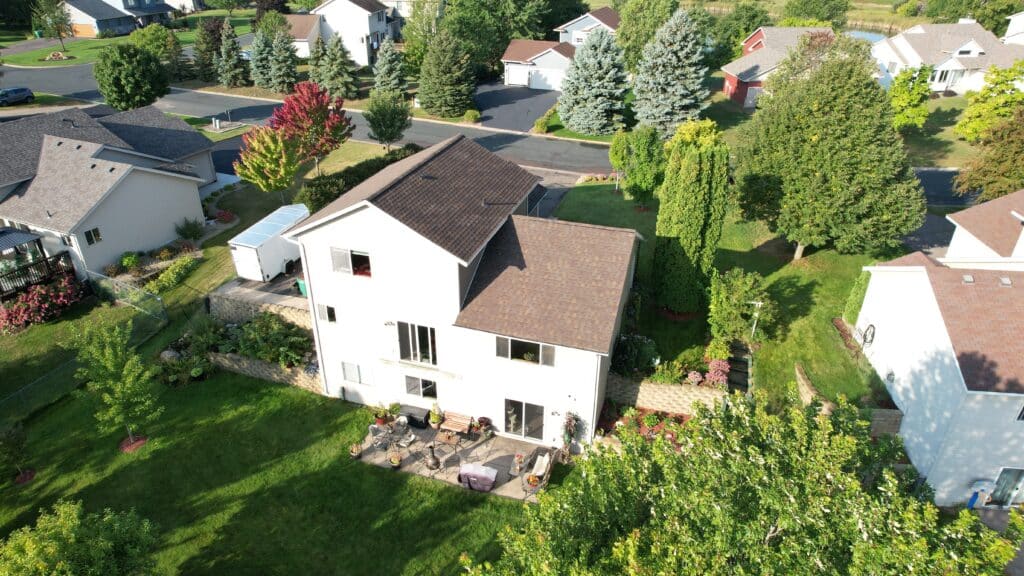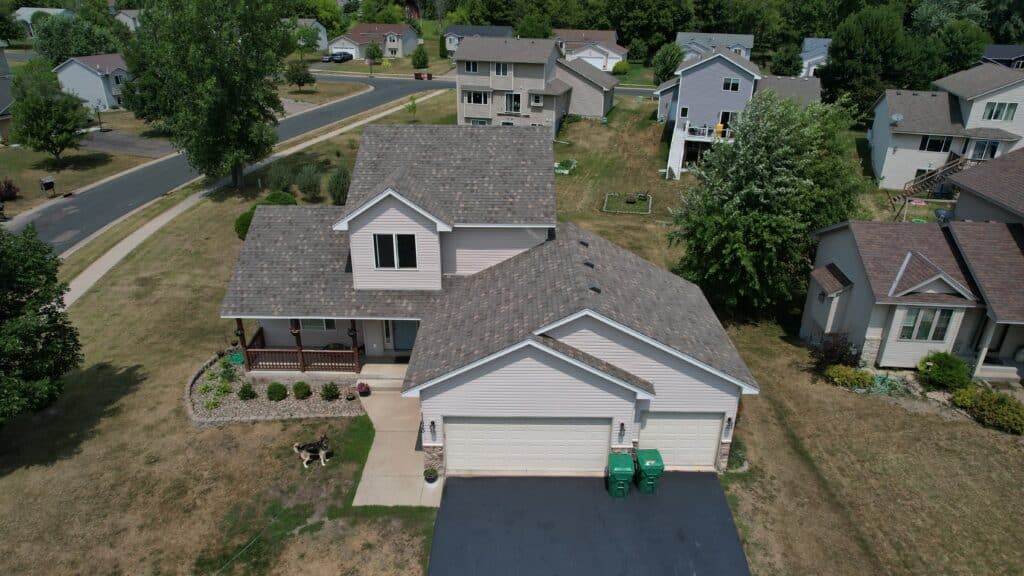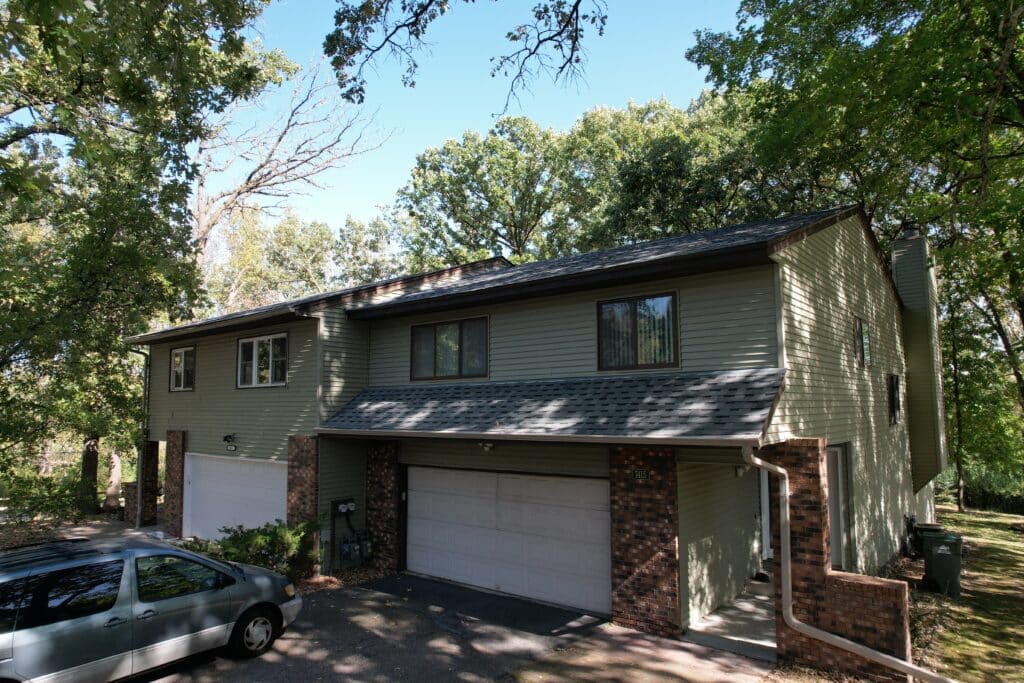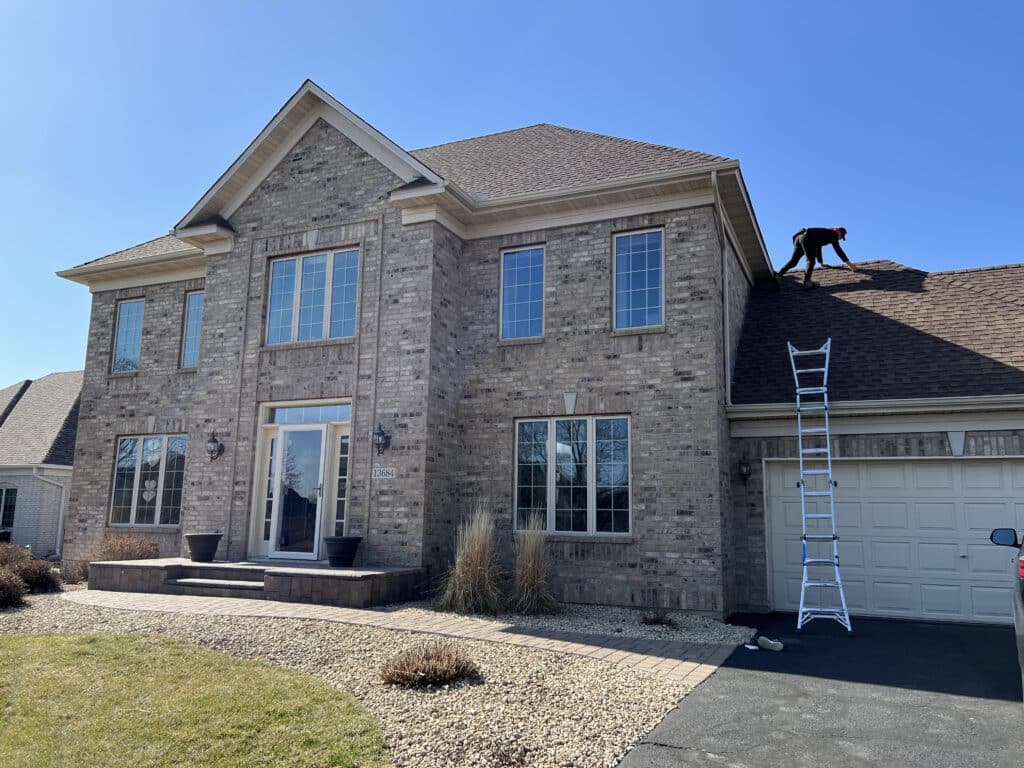Spring Deck Construction Tips From Professional Minnesota Contractors
Build your Minnesota deck this spring with strong materials like treated wood or composite boards that can handle tough weather. Check your local rules and get the right permits before starting. Make sure water can flow away from the deck to stop mold and wood damage, and use protective coatings to keep moisture out. Look at your yard carefully to design a deck that fits well with your house and leaves room for walking and tools. Pick builders who know what they’re doing by looking at their previous work and what their customers say. These steps will help make your deck last longer.
Key Takeaways
- Select durable materials like pressure-treated wood or composites that withstand Minnesota’s seasonal weather fluctuations.
- Ensure compliance with local building codes by obtaining necessary permits and adhering to zoning regulations.
- Incorporate proper drainage design to prevent water accumulation, minimizing mold and rot risks.
- Plan your deck size and layout to accommodate furniture and ensure easy movement while mixing aesthetics with existing home features.
- Hire experienced builders, review their past projects, and seek customer references to ensure quality construction and alignment with your vision.
Choosing the Right Materials
Picking the right materials is key when building a deck.
Natural wood and man-made materials each have their benefits. Common wood choices include pressure-treated lumber, cedar, and redwood.
Pressure-treated wood has special chemicals added to fight off rot and bugs, making it strong and long-lasting. Cedar and redwood look beautiful and naturally fight off water damage, but they’re not as tough as pressure-treated wood.
Another option is composite material, which mixes wood and plastic. It needs very little care, won’t fade much, and keeps away stains and mold.
Composite comes in many colors and looks, giving you lots of design choices without much work to keep it nice.
In the end, choosing between wood and composite comes down to what you want and need.
Understanding Local Building Codes
Following building codes in your area is a must when building a deck. Each city or town has its own rules about how decks should be built safely and properly.
You need to get building permits before you start work, which means showing detailed plans that follow local rules about things like how much weight the deck can hold and what materials you can use.
Your area’s zoning rules also matter – they control where you can put your deck, how far it needs to be from property lines, and how tall it can be.
Taking time to learn these rules is key since breaking them could mean stopping work, paying fines, or having to tear down your deck.
Make sure to talk with local officials or experts who know the rules well before you start building.

Planning for Seasonal Weather
Building a safe deck starts with following local building rules, but dealing with changing weather is just as vital.
Using the right weather protection and handling water properly will help your deck last longer and stay safe.
- Material Selection: Pick materials that stand up to bad weather, like composite decking or treated wood.
- Good Water Flow: Build your deck so water can drain well to stop puddles that can rot wood and grow mold.
- Surface Protection: Cover your deck with sealers and stains that block sun damage and keep water out, helping it handle Minnesota’s hot and cold swings.
Designing for Your Space
A good deck design makes your outdoor space both useful and beautiful. Start by looking at how much space you have and what’s already in your yard. Make sure your deck is the right size so you can fit your furniture and move around easily.
Think about how your deck fits in with the rest of your yard and home. Choose materials and colors that match your house and garden to create a clean look.
Add different heights or deck shapes to make it more interesting, but keep it practical. Save space by adding things like flower boxes or built-in benches that don’t get in the way.
When you plan your deck carefully, it becomes a welcome part of your outdoor living space that brings everything together nicely.
Hiring the Right Professionals
Selecting good builders for your deck project is key to getting the job done right.
Look for these important things when choosing who to hire:
- Builder’s Track Record: Look at what they’ve built before, focusing on decks like the one you want. Builders who have done many similar jobs know how to handle problems better.
- What Others Say: Ask to speak with their past customers. Good builders will gladly share names of happy clients and should have strong feedback from others.
- What to Ask: Make a list of key questions about how they work, when they can finish, and what they’ll use to build. Learning about their way of working helps you know if they’re right for the job.
Frequently Asked Questions
What’s the Average Cost of Building a Deck in Minnesota?
Building a deck in Minnesota can cost between $15 to $35 per square foot. The final price depends on what materials you choose and how simple or complex you want your deck to be.
How Long Does a Typical Deck Construction Project Take?
Building a deck usually takes between two to six weeks from start to finish. The time needed depends on how complex the design is, what materials you use, and what your yard is like. Things that can make it take longer include getting building permits and dealing with bad weather.
What Maintenance Is Required for New Decks in Minnesota?
New decks in Minnesota need regular upkeep to last longer. Clean the deck well to get rid of dirt, leaves, and other mess. After cleaning, seal the deck to keep out water and guard against sun damage and weather changes. This care helps your deck stay strong and safe through hot summers and cold winters.
Are There Specific Wood Species Better Suited for Minnesota’s Climate?
Wood types that work well in Minnesota include treated wood, which stands up better to weather and lasts longer. Man-made wood products like composites last a long time and need less upkeep. Local wood stores can help you pick the right wood for your project and show you how to use it correctly.
How Can I Increase My Home’s Value With a Deck?
To boost your home’s worth with a deck, plan a fresh design that makes outdoor space more useful. Use strong, lasting materials and add helpful features. Make sure the deck matches your house’s style and looks good to future buyers.
Conclusion
To sum up, successful spring deck construction requires picking the right materials, following local building codes, and planning for Minnesota’s weather changes. A well-planned design makes your deck both useful and beautiful, while choosing experienced contractors like Midwest Construction and Remodeling ensures everything meets industry standards. Working with MWCR Homes and addressing these key points helps homeowners build a strong, attractive deck that fits their space and stands up to Minnesota’s tough climate.





